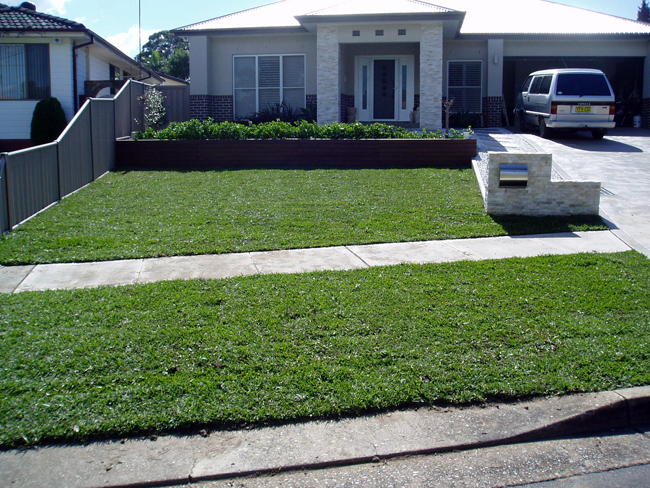
Buffalo Grass – a magnificent Lawn Grass
Buffalo Grass is a perennial warm season form of grass. The grass is a native of Northern America and adapts to virtually any form of climate. The fact that the grass will grow in dry areas makes it a splendid selection for making a field. This can be because it’ll most likely stay green even with little or no irrigation, a fact that sets it apart from other types of grasses. However, for one get that sort of the lawn visualised in the mind, it’s vital to understand the process involved.
Seeding Buffalo Grass:
When seeding the grass it is crucial for one to organize the seed bed properly. If scatter technique is employed to plant the grass it is suggested that a thin layer of soil be placed on top of the seeds. With warm climate and minimal irrigation the seedlings should start to grow. The planting ought to be done early enough before the cold season for the best results.
Fertilization of Buffalo Grass:
Buffalo grass can perform comparatively well once fertilised. Care should be taken as excess fertilizers could damage the growth of the grass. Using right amount of fertilizers can speed up the growth process. It’s vital to assemble soil round the grass so as to strengthen the roots.
Irrigation and Mowing:
Once established it does not need a lot of irrigation to thrive. This grass can perform well once irrigated each period of time. Deep irrigation once in every two to four weeks can improve the quality of the lawn and keep the grass freed from weed invasion. Buffalo grass that is not irrigated frequently need little or no mowing if any. Once unmoved this grass has minimal growth above 3 inches and can stay attractive. The little irrigation and mowing needed make the management of a buffalo grass field simple. In contrast to other kinds of grass, this type of grass offers your field that green look throughout the year. This is what makes buffalo grass an exceptional lawn grass.
